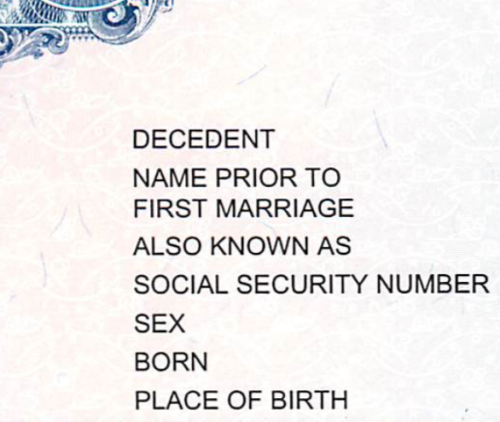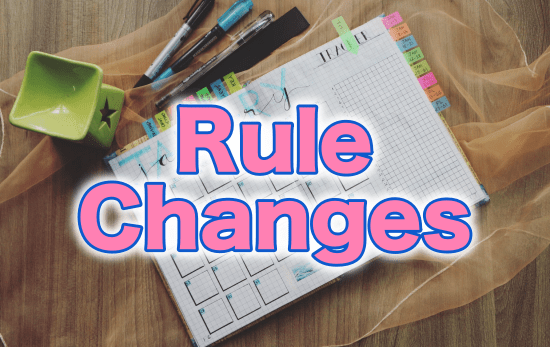Accessing Facebook for deceased family members can be critical for the estate planning process. Of course, after a family member dies, we want to connect with everyone who was their friend or family. For this, Facebook can be very important.
That said, consider everything else, like photos, birthdates, and important dates. When our family members die, their digital assets need unlocking.
In the digital age, our online presence has become an integral part of our identity. Social media platforms, such as Facebook, play a significant role in connecting people, sharing memories, and preserving a digital legacy. However, when a loved one passes away, accessing their Facebook account to manage or memorialize it can present unique challenges.
In this article, I will explore the steps and considerations for accessing Facebook on behalf of a deceased family member.
Facebook’s Memorialization Feature
Every social platform comes with a set of challenges. Facebook claims they recognizes the delicate nature of dealing with a deceased user’s account and has introduced a memorialization feature. Their memorial tool allows family members and friends to request the memorialization of a deceased person’s account. Once memorialized, the account serves as a place for friends to share memories, but no one can log in or make changes to the account.
Accessing Facebook for deceased family members is frustrating. Without taking into consideration specific digital asset laws, a personal representative or trustee can also ask for help during the probate process. When time is of the essence, probate isn’t always the best first step.
Requesting Memorialization
To initiate the memorialization process on Facebook, consider these steps:
- Verification of Relationship:
- Facebook requires verification of the requester’s relationship to the deceased. This can be done by providing the deceased person’s obituary, a link to an online memorial, or other documentation.
- Do not go crazy with your verification. Sending a copy of an entire trust document is never recommended. More so, dates of birth and social security numbers must be protected.
- Submit a Request:
- Use Facebook’s online form to submit a request for memorialization. The form includes details such as the deceased person’s name, account URL, and the relationship to the requester.
- Provide Proof of Death:
- Facebook requires proof of the person’s passing, usually in the form of an obituary.
- Likely, the idea of accessing Facebook for deceased family members is in preparation of a funeral. Facebook is not your friend and you should never freely send off an official document like a Death Certificate.
- Await Confirmation:
- Facebook reviews the submitted information and, upon approval, memorializes the account. The requester will receive a confirmation email once this process is complete.
Legacy Contacts
In addition to memorialization, Facebook says they grant users an opportunity to appoint a “legacy contact” before their passing. A legacy contact is someone designated to manage the memorialized account, post information, and respond to friend requests.
Unfortunately, this usually goes bad when the legacy contact doesn’t align with certain estate planning documents.
Conclusion
Accessing Facebook for deceased family members requires a delicate balance of law, respect, adherence to platform policies, and a careful approach to preserving a digital legacy.
By following the memorialization process and considering the legacy contact option, you can navigate this challenging task with sensitivity and honor the memory of your loved one in the digital realm. If you cannot, perhaps that is a signal for additional support.
Estate Planning Help
Estate Attorney Jasper Berg






